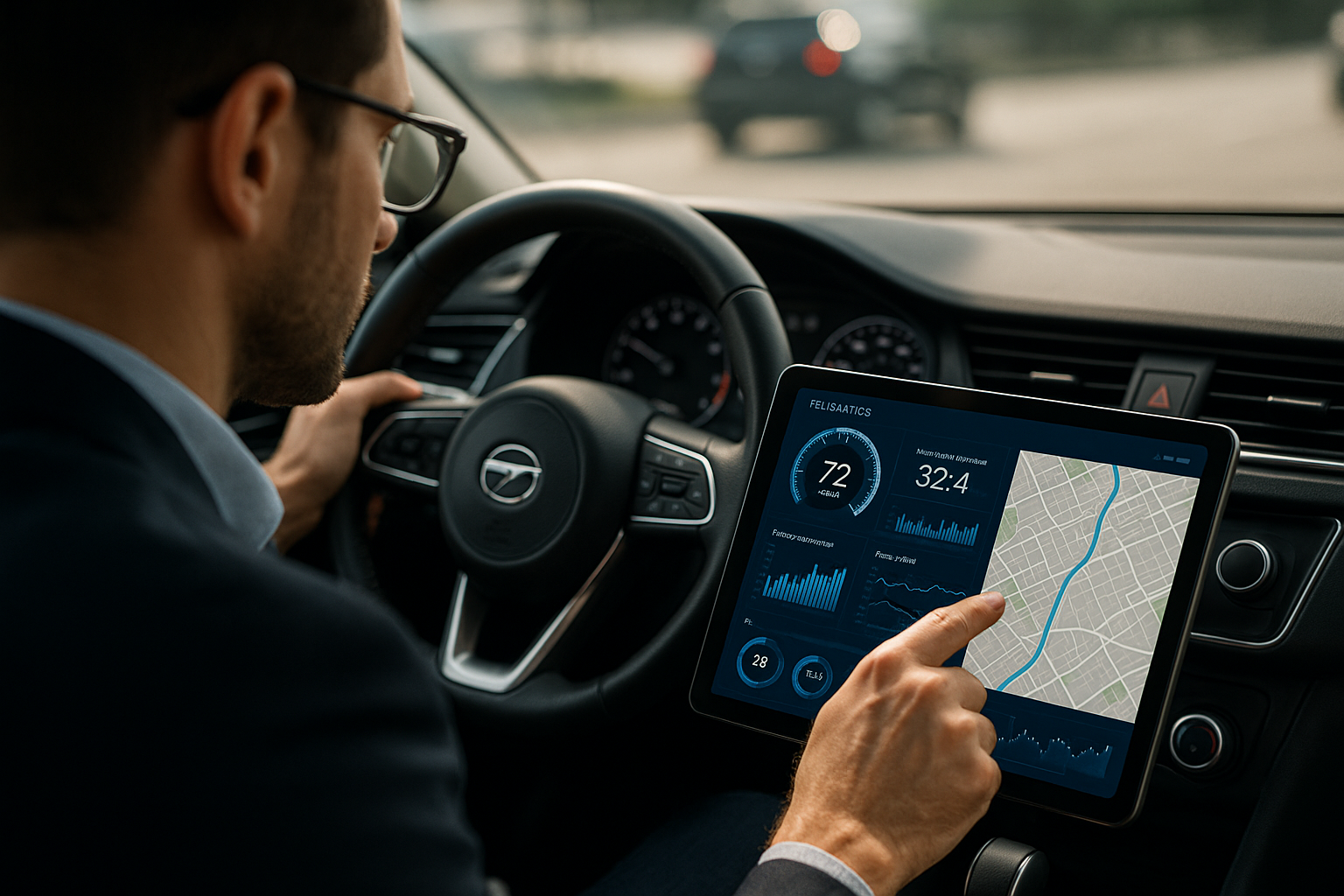Cost-Saving Techniques for Long-Haul Itineraries
Long-haul travel involves many moving parts: flights, accommodation, local transport, visas, and insurance. Effective cost-saving starts with deliberate planning and flexibility. This short teaser highlights the need for strategy across mobility, logistics, and sustainability to keep budgets manageable on extended trips.

Long-haul travel can be expensive, but careful planning across mobility, itinerary, and local logistics reduces costs without undermining safety or comfort. This article outlines practical, research-backed techniques for saving on flights, accommodation, rail and road options, and other travel elements such as visas, insurance, and rideshare choices. Practical navigation and sustainability choices often reduce both expenses and environmental impact.
How can flights be cheaper?
Securing lower fares on long-haul flights requires flexibility and a combination of tools. Use fare-aggregator searches to compare airlines and consider flying midweek or during shoulder seasons when demand dips. Book refundable or flexible fares only when necessary; otherwise, choose advance-purchase economy or basic economy tickets and avoid last-minute bookings. Consider multi-city or open-jaw tickets when your itinerary includes multiple hubs; sometimes two one-way fares across different carriers are cheaper than a return. Sign up for airline newsletters and loyalty programs to access error fares, flash sales, and award availability. When possible, mix carrier alliances to tap into lower fares while maintaining reasonable connection times.
How to cut accommodation costs?
Accommodation costs vary widely by location and travel style. For long stints, prioritize weekly or monthly rentals, serviced apartments, or extended-stay hotel rates, which often deliver lower per-night costs than short bookings. Use review filters to balance price with safety and location relative to transit nodes. Consider shared accommodation or staying slightly outside central business districts if reputable public transport or rideshare options connect you cheaply to main attractions. If you travel frequently, explore partner status on booking platforms to gain discounts or free nights. Always check cancellation policies and any additional city taxes or cleaning fees that raise the total cost.
When is rail or rideshare smarter?
Rail can be a cost-effective and comfortable long-haul option in regions with high-speed networks, such as Europe or parts of Asia. Compare point-to-point rail fares versus multi-leg passes; a rail pass suits flexible itineraries, while single tickets may be cheaper for fixed schedules. Rideshare and carpooling can reduce costs for regional transfers or last-mile journeys, but compare per-kilometer pricing against regional public transit. For long overnight routes, sleeper cabins or night trains can save both a night’s accommodation and travel time. Always factor in luggage rules and reservation fees when comparing modes.
How to save on roadtrip and commuting?
For roadtrips, plan routes to minimize backtracking and use fuel-efficient driving practices. Compare fuel costs and tolls in advance, and book car rentals with transparent mileage and fuel policies to avoid hidden fees. Consider renting a smaller vehicle or a hybrid when feasible, and check local rideshare or regional bus lines for longer commuter segments. Split driving responsibilities on group trips to cut individual costs and amortize rental and insurance fees. Local commuting apps can reveal transit passes or multi-ride discounts that reduce daily costs compared with single-ride fares.
How to optimize itinerary and logistics?
An optimized itinerary reduces unnecessary transfers and re-bookings. Build flexible windows for connections to take advantage of cheaper midweek departures and align multi-destination legs with low-cost carriers or rail corridors. Use mapping and navigation tools to estimate travel time and costs between stops, and consolidate services—such as choosing hotels with kitchenettes to reduce dining expenses. Keep visa requirements and processing times in mind to avoid expedited fees. Maintain a digital copy of essential documents, and use consolidated booking platforms or travel management tools to spot overlaps and remove redundant segments.
Real-world cost and pricing insights
Below is a brief comparison of common travel services and providers with typical cost estimations for long-haul itineraries. These examples are representative and meant to illustrate where budget savings are commonly found. Adjust choices based on travel region, season, and personal preferences.
| Product/Service | Provider | Cost Estimation |
|---|---|---|
| International economy flight (one-way) | Major carriers (e.g., Lufthansa, Emirates) | USD 500–1,200 |
| Flight search/meta service | Skyscanner/Google Flights | Free service; fares vary by carrier |
| 3-star hotel / serviced apartment (per night) | Booking.com/Airbnb hosts | USD 50–150 per night |
| Regional rail pass / multi-country pass | Eurail / Rail Europe / Amtrak | USD 150–600 depending on duration |
| Rideshare regional trip (city to airport) | Uber / Lyft / Grab | USD 10–80 per trip depending on distance |
| Car rental (compact, per day) | Hertz / Avis / Local agencies | USD 30–90 per day |
| Travel insurance (trip) | World Nomads / Allianz | USD 30–150 per trip |
Prices, rates, or cost estimates mentioned in this article are based on the latest available information but may change over time. Independent research is advised before making financial decisions.
Practical tips that emerge from these estimates: prioritize flexible tickets sparingly, use price comparison tools, and opt for longer-term accommodation deals for extended stays. Also consider bundling services through reputable platforms when discounts outweigh the benefits of piecemeal bookings.
Conclusion
Long-haul itineraries reward deliberate planning across flights, accommodation, rail and road options, and supporting logistics like visas and insurance. Combining flexibility, tools for price comparison, and a focus on sustainable, efficient choices can substantially lower overall costs while preserving safety and travel quality. Regularly reassess bookings and local transport options to capture savings as conditions change.





